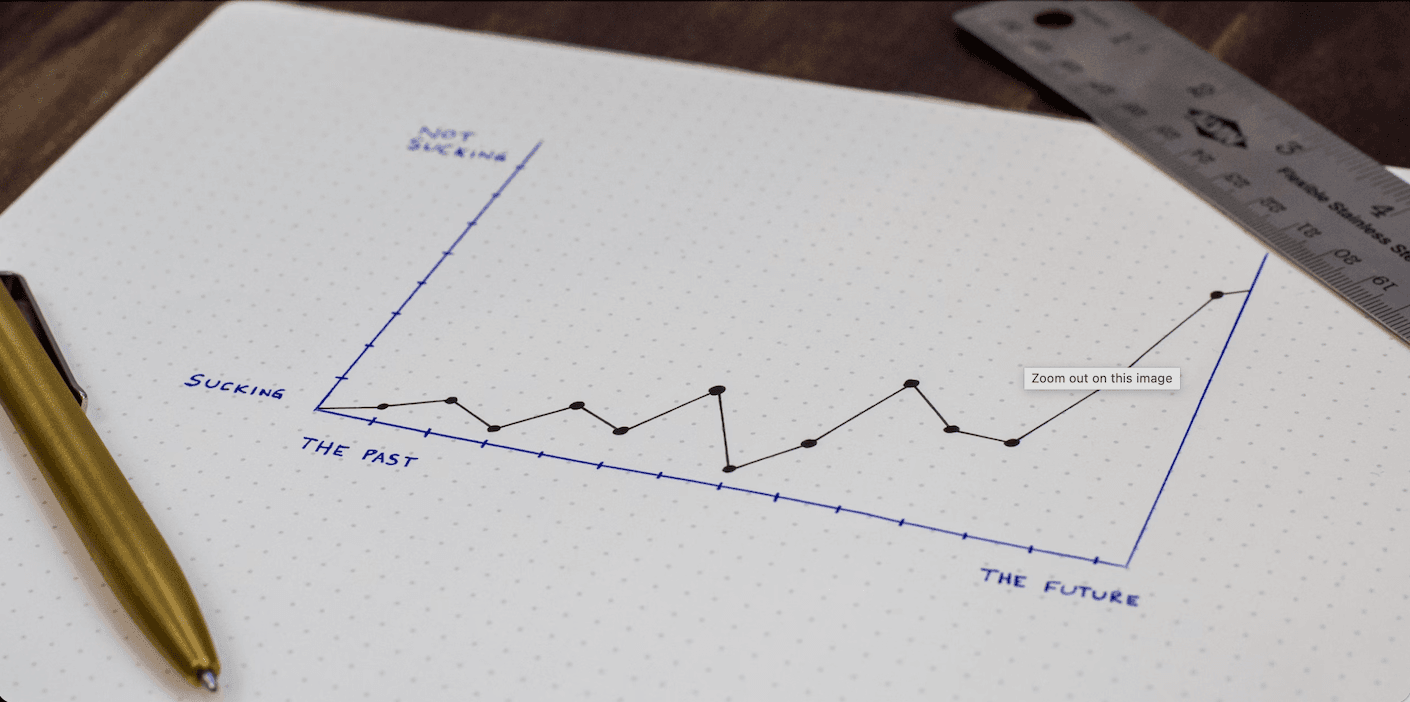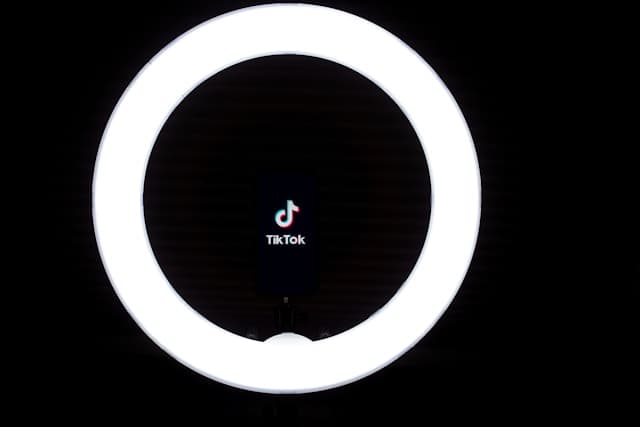
How to Use LinkedIn Polls to Boost Engagement in 2025

Table of Contents
| Section |
|---|
| Summary |
| Understanding LinkedIn Polls |
| Strategies to Maximize Engagement |
| Increasing Visibility |
| Best Practices for Polls |
| Tools and Features to Enhance Poll Engagement |
| Case Studies |
Summary
LinkedIn polls are interactive features designed to engage users by allowing them to pose multiple-choice questions to their professional networks. These polls serve a dual purpose: they not only foster audience interaction but also facilitate the collection of valuable insights, making them an essential tool for professionals and organizations looking to enhance brand awareness and community connection.
The growing popularity of LinkedIn as a networking platform has positioned polls as a strategic mechanism for marketers and users alike to engage with their audience in a meaningful way, ultimately driving content relevance and responsiveness to trends within their industries. The effectiveness of LinkedIn polls lies in their ability to stimulate participation, gather immediate feedback, and spark discussions, which are crucial for maintaining an active and engaged online presence.
By leveraging these features, users can create an engaging experience that not only promotes interaction but also informs their content strategies based on real-time audience preferences. The incorporation of polls into broader marketing strategies highlights their value as a dynamic tool for engagement, enabling users to establish themselves as thought leaders while deepening connections within their professional communities.
While LinkedIn polls are beneficial, their success is contingent on employing effective strategies to maximize engagement and visibility. This includes crafting relevant questions, optimizing posting times, utilizing engaging visuals, and actively engaging with respondents. However, there is a delicate balance to maintain; overusing polls can lead to audience fatigue, which underscores the need for moderation and thoughtful integration within one's overall content strategy.
As LinkedIn continues to evolve, the significance of polls as a means to drive interaction and feedback will likely grow, presenting both opportunities and challenges for users aiming to enhance their visibility and connection with their networks. Understanding the best practices and emerging trends associated with LinkedIn polls will be essential for professionals seeking to leverage this tool effectively in their online engagement efforts.
Understanding LinkedIn Polls
LinkedIn polls are interactive tools that allow users to engage their professional network by posing questions with multiple-choice answers. These polls serve various purposes, including audience engagement, insights gathering, and brand awareness. Users can create a poll by formulating a question and providing up to four answer options, which can then be shared on their LinkedIn feed or within groups. This mechanism encourages followers to participate, fostering a sense of community and enhancing the visibility of the user's profile.
Why LinkedIn Polls are Useful for Businesses
LinkedIn polls provide several advantages for organizations aiming to boost their marketing strategies and user interaction. Firstly, they are an effective way to engage with an audience by encouraging participation and feedback, which in turn can lead to deeper discussions. Additionally, polls serve as a valuable tool for collecting quick insights on various topics, enabling businesses to adapt their strategies based on audience preferences and trends. This real-time feedback loop enhances content relevance and strengthens the connection with the audience.
Advantages of Using LinkedIn Polls
Several key benefits highlight the effectiveness of LinkedIn polls in a business context:
- Audience Engagement: Polls drive interaction by inviting followers to express their opinions, which can lead to increased visibility and engagement with the content shared.
- Insights Gathering: They offer a rapid method for collecting feedback on various subjects, helping businesses make informed decisions based on the preferences of their network.
- Brand Awareness: By sharing engaging polls, businesses can enhance their visibility and position themselves as thoughtful and responsive to their audience's needs.
Incorporating LinkedIn polls into a broader marketing strategy not only boosts user engagement but also fosters a stronger community connection, making them a vital tool for modern professionals and organizations alike.
Strategies to Maximize Engagement
Maximizing engagement on LinkedIn polls is crucial for enhancing visibility and fostering community interaction.
Be Active and Reciprocal
Engagement is often reciprocal, so being active yourself can significantly increase your visibility on the platform. It is recommended to comment on three other posts before sharing your own. This approach not only boosts your profile's activity but also encourages others to engage with your content in return, enhancing the overall dialogue and relationship with your followers.
Consistent Posting and Target Audience Focus
Persistence is key when targeting a new audience. If you start posting content aimed at a different demographic, be prepared for initial low engagement. Regularly post relevant content, join groups of interest to your new audience, and cross-post where appropriate to build connections within that demographic. The success of your content can significantly improve as you become more integrated into the community.
Crafting Engaging Content
The quality of your content directly influences engagement. High-quality posts are more likely to gather interaction, regardless of their view count. It is often better to seek feedback from a smaller number of loyal followers than to attract fleeting interest from a larger audience. Incorporate storytelling elements into your poll questions to make them more relatable and emotionally compelling, encouraging participants to share their experiences and perspectives.
Optimize Posting Timing
Understanding the best times to post is essential for maximizing engagement. Research suggests that Mondays and mid-week days (Tuesday to Thursday) are effective for engaging content, especially when posts are scheduled during peak activity times—early morning or late afternoon. Experiment with different posting times to identify when your specific audience is most active.
Use Open-Ended Questions and Trend Discussions
To foster engagement, consider asking open-ended questions in your posts. This encourages discussions around trending topics within your industry, inviting comments and positioning you as a thought leader. Engaging content often triggers a ripple effect, leading to increased views and impressions as more users interact with your posts.
Leverage User-Generated Content and Incentives
Encouraging user-generated content can create a sense of community and prompt more interactions. Additionally, offering incentives for participation in polls—such as exclusive content or discounts—can motivate users to engage while providing value in return.
Analyze and Adapt
Finally, continually analyze the data from your polls and engagement metrics. Understanding which questions resonate with your audience can help refine your strategy over time. Utilize insights from forums, news outlets, and social media trends to inform your poll topics and ensure they remain relevant and appealing to your audience.
By implementing these strategies, you can significantly enhance engagement and visibility on LinkedIn, leading to greater interaction with your polls and overall brand presence.
Increasing Visibility

To enhance visibility on LinkedIn, particularly when utilizing polls, it is crucial to implement several strategies that align with audience engagement and content optimization.
Crafting Relevant Content
Creating content that resonates with your audience's interests and pain points is foundational for increasing visibility. Sharing industry insights, case studies, and practical tips can transform your content into a valuable resource for your connections. This relevance not only encourages interaction but also fosters a sense of community around your posts.
Leveraging Visual Elements
Incorporating visual elements can significantly boost engagement. Eye-catching visuals such as images, infographics, and videos can captivate your audience, making it less likely for them to scroll past your posts. For instance, polls can be paired with visuals that summarize the topic, making them more appealing and easier to digest. Additionally, using carousels for before-and-after comparisons or step-by-step guides can enhance the attractiveness of your content.
Timing and Consistency
Understanding your audience's peak activity times is essential for maximizing visibility. Utilizing LinkedIn analytics to identify when your audience is most active allows you to schedule your posts accordingly. Moreover, establishing a consistent posting schedule maintains your presence in your network's feeds, increasing the chances that your content will be noticed.
Engaging with Your Network
Active engagement with your connections and followers can further amplify your visibility. Responding to comments, participating in discussions, and sharing relevant content from others signals to the LinkedIn algorithm that you are contributing to a vibrant community, thus enhancing your reach. Polls can serve as a means to facilitate this engagement, inviting interactions that expand your audience reach.
Creating Shareable Content
To maximize visibility, craft content that encourages sharing. The LinkedIn algorithm tends to favor content that is shared by users, which can lead to a broader reach beyond your immediate connections. Content that sparks discussions or encourages user participation, such as polls, is particularly effective in this regard.
Utilizing Hashtags Effectively
Hashtags play a significant role in increasing the reach of your posts. Employing relevant hashtags can help categorize your content and make it discoverable to those interested in specific topics. It is important to use a mix of general and niche hashtags to capture a wide audience while still appealing to specific sectors. For example, a poll about marketing trends could utilize broad hashtags like #Marketing along with specialized ones like #ContentStrategy.
By integrating these strategies into your LinkedIn approach, particularly when using polls, you can effectively increase your visibility, engagement, and overall impact on the platform.
Best Practices for Polls
To effectively leverage LinkedIn Polls and enhance audience engagement, it's crucial to adhere to several best practices that ensure your polls are relevant, appealing, and informative.
Craft Relevant Questions
Asking relevant and clear questions is the foundation of a successful poll. Ensure that the questions resonate with your audience's interests and professional experiences. Providing context can increase participation; for instance, explain the significance of the question and how the insights will be utilized.
Monitor Engagement and Interact
Keeping an eye on poll engagement while it is live is essential. Monitor responses and be prepared to engage with participants by responding to comments or questions. This interaction fosters a sense of community and encourages more users to participate.
Incorporate Results into Follow-Up Content
Once your poll has concluded, analyze the results and share the findings with your audience. Create follow-up posts that discuss the outcomes, highlight trends, and pose additional questions to stimulate further discussion. Tagging participants in your follow-up content can also enhance engagement and appreciation for their input.
Avoid Overposting and Ensure Balanced Options
While polls are a valuable tool, overposting them can lead to audience fatigue. It's important to strike a balance and not overwhelm your followers with frequent polls. Additionally, ensure that the answer choices you provide are unbiased and balanced to avoid skewing results.
Utilize Data for Content Strategy
The data gleaned from polls can shape your future content strategy. Analyze voting patterns and preferences to identify topics of high interest within your audience. If a particular option garners significant attention, consider developing related content, such as articles or video discussions, to further engage your audience on that subject.
Collaborate with Industry Experts
Enhancing your polls with insights from industry leaders can add credibility and encourage broader participation. Inviting experts to share their views on poll results can increase visibility and foster trust within your network.
By following these best practices, LinkedIn polls can transform from simple questions into dynamic tools for engagement, content generation, and deeper connections within your professional community.
Tools and Features to Enhance Poll Engagement

LinkedIn provides a variety of tools and features that can significantly enhance the engagement and visibility of polls. By utilizing these elements effectively, users can foster deeper connections with their audience and gather more meaningful insights.
Creating Compelling Polls
To begin with, the poll creation process itself is designed to be user-friendly. Users can easily access the poll feature by navigating to the "Start a post" field on their homepage or profile, where they can select "Create a poll" from the list of post types. When formulating poll questions, it is essential to focus on a single, well-defined idea that resonates with the audience. This clarity ensures that respondents understand the question and are more likely to participate.
Aesthetic Considerations
The visual appeal of a poll can greatly influence engagement levels. Incorporating relevant images can attract attention and help the poll stand out in a crowded feed. Additionally, testing different formats—such as multiple-choice questions, rating scales, or open-ended prompts—can determine what format garners the best response from the audience.
Analyzing and Sharing Results
Once the poll concludes, the analysis of the responses is crucial for deriving actionable insights. Poll authors can view aggregate results displayed in percentage format and can track who voted on each option. Sharing these insights with the audience not only validates their contributions but also positions the author as a thought leader. For instance, if a specific topic receives substantial votes, the author could create additional content, such as articles or LinkedIn Live sessions, to dive deeper into that subject.
Leveraging Data for Broader Strategies
The data collected from polls can be instrumental in shaping broader marketing strategies. By monitoring metrics like votes, comments, and follow-up engagement, users can refine their approaches over time. Tools like Aware provide detailed analytics that help users understand their LinkedIn performance and adjust strategies based on response trends.
Visibility and Reach
Finally, users can enhance their polls' visibility by choosing appropriate privacy settings and posting during peak engagement times on LinkedIn. Poll authors can set visibility options to "Anyone" by default, allowing broader participation. Moreover, incorporating polls into lead generation efforts can serve as effective conversation starters, prompting participants to engage further with other content or discussions.
Case Studies
Successful Collaborations with Influencers
Company Y's Marketing Trends Poll
Company Y successfully collaborated with an industry influencer to create a poll focused on the latest marketing trends. The influencer actively participated and shared the poll with their extensive network, resulting in a substantial increase in both participation and engagement. This collaboration not only generated valuable insights but also helped Company Y expand its reach and establish credibility within the industry.
Individual Z's Personal Development Poll
In another case, Individual Z partnered with a thought leader in the personal development niche to conduct a poll regarding strategies for overcoming challenges. The endorsement from the thought leader led to heightened engagement and meaningful responses, positioning Individual Z as an authority in the field while yielding insightful data for further analysis.
Maximizing Poll Impact
The effectiveness of polls can also be enhanced by considering factors such as timing and duration. Posting polls during weekends, when users are more reflective, can lead to greater participation. Additionally, setting a poll duration between one day to two weeks and incorporating relevant hashtags can help in reaching a broader audience. Clear and concise questions, along with varied answer options, can further maximize engagement.
To streamline your brand's social media engagement and ensure timely, personalized interactions, Try ReplyPilot today. Powered by AI, ReplyPilot helps brands respond faster and more effectively across platforms, boosting engagement while saving valuable time. Don't let your audience wait—start leveraging ReplyPilot today and watch your engagement rates soar!
Continue reading
More posts about linkedin growth and networking and social media engagement




